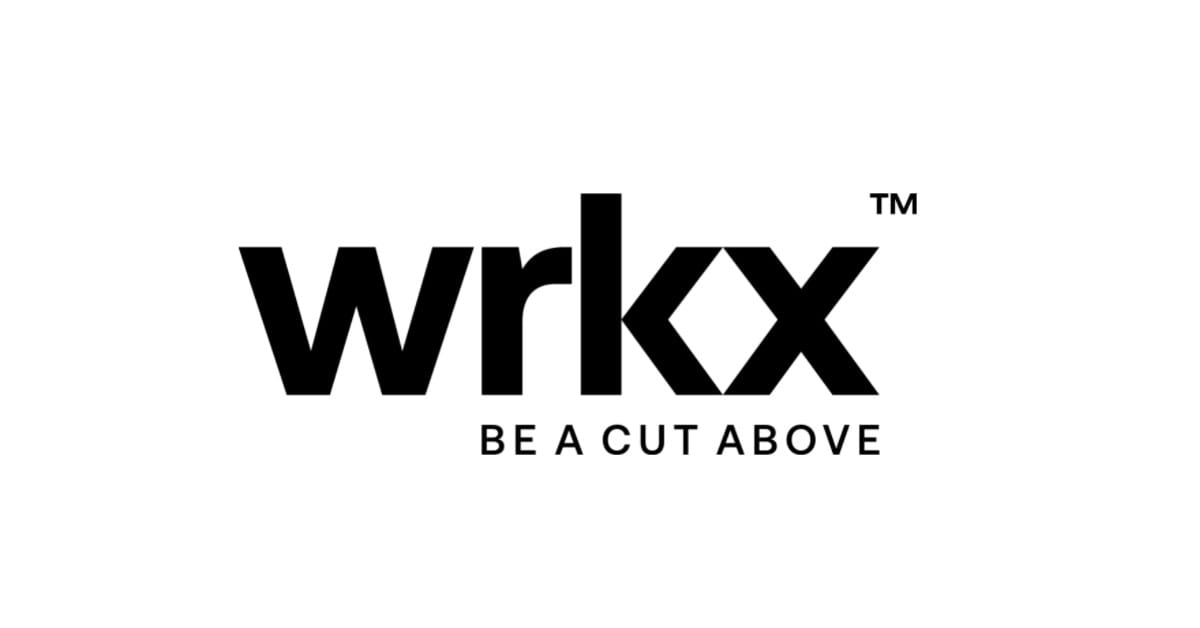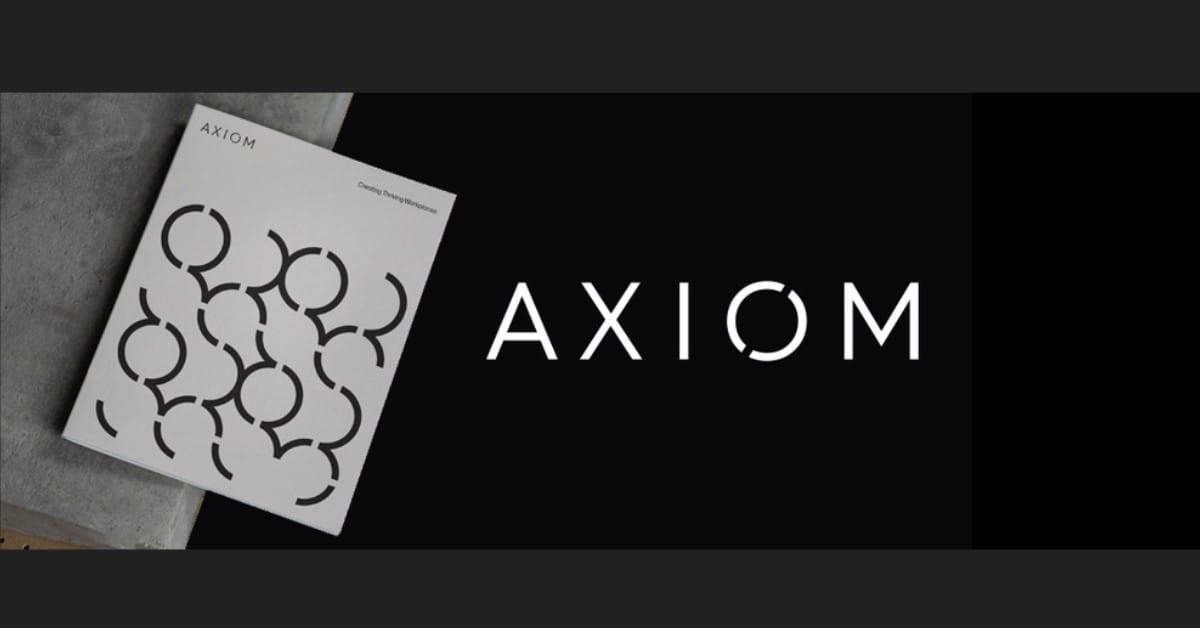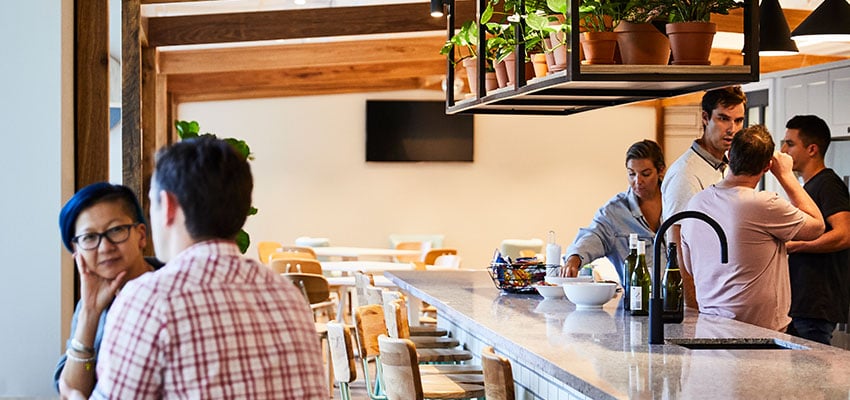With the so-called Silent Generation and Baby Boomers delaying retirement, Gen Z workers just starting to enter the workforce, and Gen X-ers and Millennials also in the mix, today’s workplaces are more diverse than ever before. But a diverse workforce also means that there are often conflicting preferences.
Millennials, for example, prefer to blur the lines behind home and work, favouring residential looks for their office spaces that evoke the comforts of their living spaces. Baby Boomers, however, have reported feeling uncomfortable about this trend, preferring more delineated lines between home and work.
This difference in preferences of course has important implications for your next office fitout. After all, the last thing you want is to have invested all that time, money and energy into an office relocation, only to find productivity and employee satisfaction plummeting as a result.
But how exactly do you keep everyone happy and achieve maximum ROI from the new office fitout?
Here are our top 5 tips for designing for a multigenerational workforce.
Focus on functionality
Forget the ping-pong table and beanbag chairs for a second, and ask yourself, ‘What is it that employees actually need to be able to do over the course of the working day?’
Is it a creative agency that needs a space dedicated to brainstorming? Is it a finance organisation where people need quiet, private booths for deep concentration?
The tasks your employees need to perform, as well as your company culture, will have a marked effect on the types of zones and features your new office needs.
A large formal conference room with water views, for example, may look terribly impressive – but if most of your employees prefer to collaborate informally and in small groups, this space is going to be underutilised. And an underutilised space is simply a waste of money.
That’s why, at Axiom, we are big proponents of evidence-based design, which configures the design around actual evidence regarding the culture of the organisation and the ways in which your employees prefer to work (as opposed to assumption-based design, where you impose a design that you think will work, and expect your employees to adapt to it).
Find common ground
It can be easy to get hung up on the seemingly irreconcilable differences between generations – for example, younger generations might want more spaces to socialise, while older workers might want private offices that reflect organisational hierarchy.
But there are also many similarities, and these similarities can be the key to designing a workplace that makes everyone comfortable and productive.
Both Baby Boomers and Millennials, for example, want to feel they are doing meaningful work, so finding ways to reflect the company’s mission and its positive initiatives through a workplace redesign can help boost employee satisfaction.
This is precisely what we did when we overhauled our own head office. Our new design showcases our vision and innovation, with our mission statement, ‘Creating thriving workplaces’, visibly emblazoned on the wall as you enter the space.
Most generations also value mentorship and personal connections with their employees, which could be fostered by including more informal socialising spaces or introducing collaborative technologies, to help bring disparate generations together and encourage knowledge sharing and mentorship.
Provide flexibility
You can bridge the gap between generations even further by being clever with how you utilise spaces and what types of furnishings you use in order to make the space as flexible as possible. Indeed, flexibility is a key consideration when it comes to attracting A-grade talent.
Having a variety of spaces, for example, such as quiet spaces; small, informal meeting rooms; collaborative areas; and large gathering areas for town-hall meetings, will ensure that workers of all generations can find the conditions they need to operate at their peak.
You could also use flexible desks that can be configured to standing desks, or movable desks that can be easily wheeled into a variety of configurations to easily transform spaces as needed.
It doesn’t have to be fancy – at Blue Chilli, for example, we used simple stools and stackable crates that could be easily moved around, allowing people to gather informally, socialise or take a coffee break wherever and whenever they saw fit.
Prioritise employee buy-in
A successful multigenerational workplace depends largely on employee buy-in, which is why it’s important to communicate regularly with employees not just before an office fitout, but also after, to help make the integration into a new space as smooth as possible.
Having clarity around how new spaces should be used, for example, can help ensure that employees understand their purpose and use them appropriately, and that there is no anxiety or conflict arising from misunderstandings or different expectations.
Training is also important – after all, there’s no point investing money in the latest cutting-edge technologies if employees don’t know how to use it.
All these measures can help staff adapt quickly to their new environment, to ensure you start reaping the goals of the fitout as soon as possible.
Get an outside perspective!
When contemplating an office fitout, it can be difficult to wade through all the data, as well as people’s many opinions, all on your own. It can be helpful, therefore, to have an outside perspective from an expert to provide a neutral, evidence-based view.
At Axiom, we have extensive experience designing for multigenerational workforces, so if you want an office fitout that has everyone – no matter what age they are – looking forward to going to work, we can help! Contact us today for a free consultation.
Axiom Workplaces combine your commercial fitout goals with our experience and expertise in evidence-based office design to create a thriving workplace for you and your workforce.








